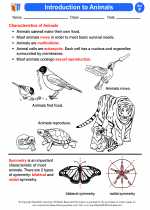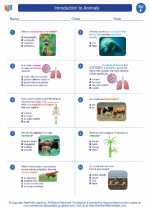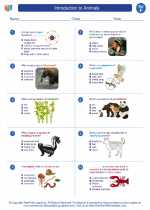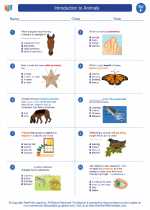Cytoskeleton
The cytoskeleton is a network of protein filaments and tubules that extends throughout the cytoplasm of eukaryotic cells. It provides structural support and helps the cell maintain its shape, as well as playing a crucial role in cell division, cell movement, and intracellular transport. The cytoskeleton is made up of three main types of protein filaments: microfilaments, intermediate filaments, and microtubules.
Microfilaments
Microfilaments, also known as actin filaments, are the thinnest filaments of the cytoskeleton. They are composed of the protein actin and are involved in cell movement, muscle contraction, and cell division.
Intermediate Filaments
Intermediate filaments are the middle-sized filaments of the cytoskeleton. They provide mechanical support to the cell and help maintain its structural integrity. They are made up of various proteins such as keratins, vimentin, and neurofilaments.
Microtubules
Microtubules are the thickest filaments of the cytoskeleton and are composed of the protein tubulin. They are involved in maintaining cell shape, intracellular transport, and forming the mitotic spindle during cell division.
Functions of the Cytoskeleton
- Structural support
- Cell shape maintenance
- Cell movement
- Intracellular transport
- Cell division
Study Guide
To study the cytoskeleton, it's important to understand the structure and functions of each of its components. Practice identifying the different types of protein filaments and their roles in cell biology. Additionally, explore the role of the cytoskeleton in various cellular processes such as cell migration, muscle contraction, and division. Finally, familiarize yourself with the diseases and disorders associated with cytoskeletal defects, such as muscular dystrophy and progeria.
Understanding the cytoskeleton is crucial for comprehending the inner workings of eukaryotic cells and their physiological processes. Regular review and application of the concepts through diagrams and interactive models will help solidify your understanding of this fundamental cellular structure.
.◂Science Worksheets and Study Guides Sixth Grade. Introduction to Animals

 Activity Lesson
Activity Lesson
 Worksheet/Answer key
Worksheet/Answer key
 Worksheet/Answer key
Worksheet/Answer key
 Worksheet/Answer key
Worksheet/Answer key
 Vocabulary/Answer key
Vocabulary/Answer key
 Vocabulary/Answer key
Vocabulary/Answer key
 Vocabulary/Answer key
Vocabulary/Answer key
 Vocabulary/Answer key
Vocabulary/Answer key
